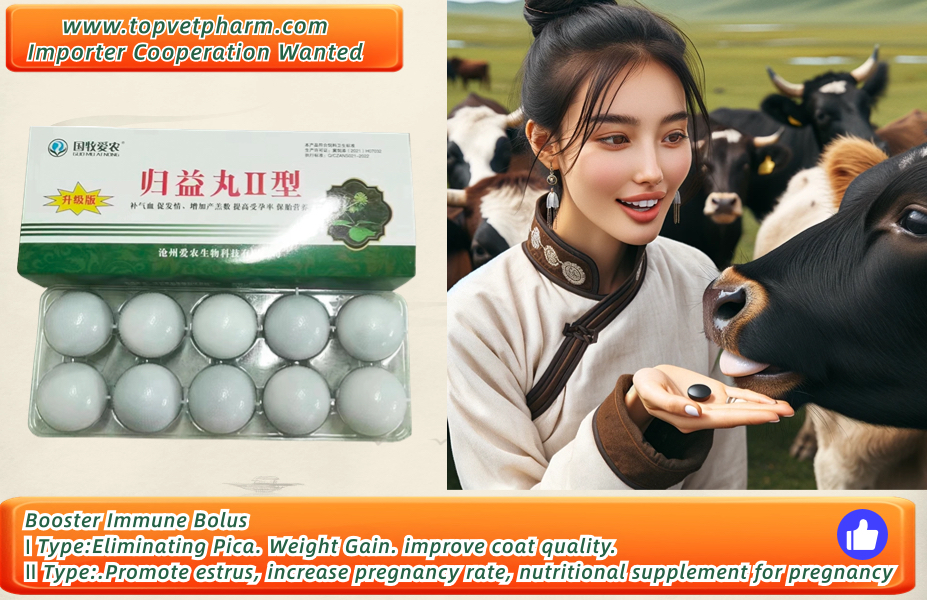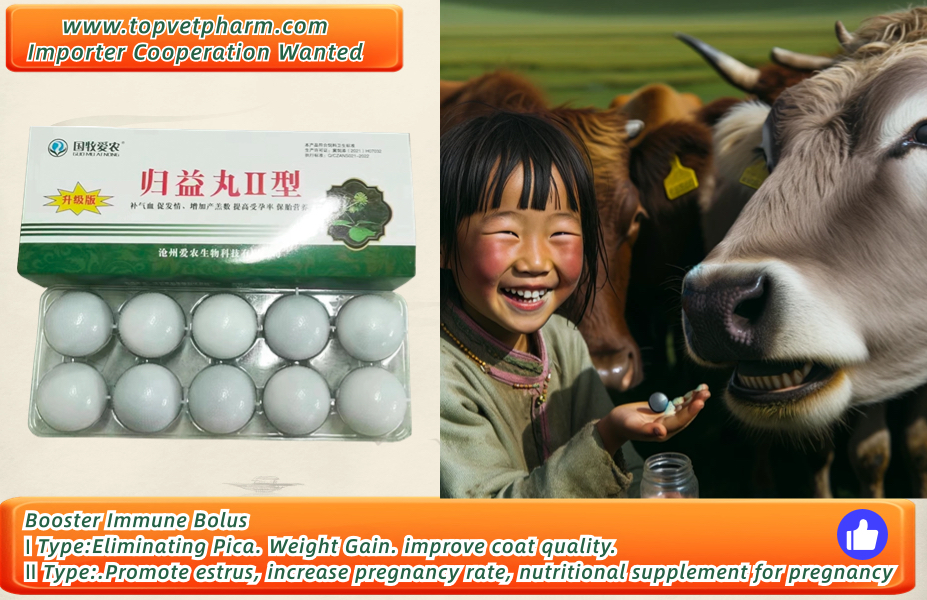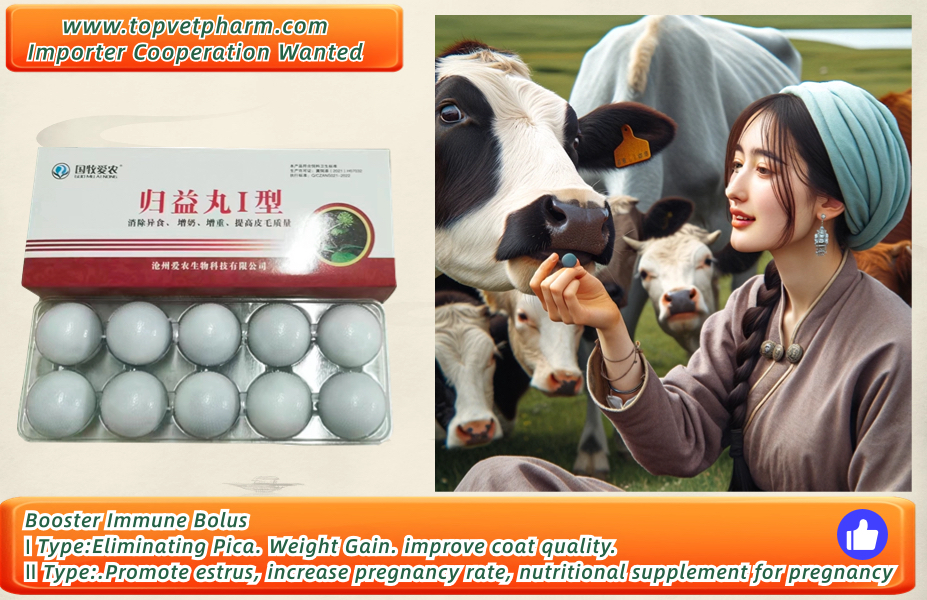Nov. 11 , 2023
Livestock Pica Symptom:
Pica in cattle and sheep is a behavioral abnormality characterized by the consumption of non-food substances. This condition can manifest in various forms, including:
1.Consumption of Non-food Materials: The most obvious sign is the ingestion of non-nutritive substances such as soil, stones, plastic, paper, wood, cloth, and even feces. These materials usually have no nutritional value and may pose health risks to the animals.
2.Excessive Licking: Cattle and sheep may excessively lick objects in their environment, like fences, feeding equipment, and railings.
3.Geophagia (Eating Soil): A common form of pica is the ingestion of soil, known as geophagia.
Chewing Non-food Substances: Animals might continually chew these materials without necessarily swallowing them.
4.Repetitive Behavior: Pica behavior is often repetitive, with animals attempting to consume the same non-food materials multiple times.
5.Behavioral Changes: Apart from pica behavior, affected cattle and sheep may also exhibit other changes in behavior, such as anxiety or restlessness.
It's important to note that pica in cattle and sheep can be caused by various factors, including nutritional deficiencies, digestive system problems, behavioral issues, or environmental factors.

Harmful Result If Not Treatment in Time:
Pica in cattle and sheep, also known as allotriophagy or geophagia, is a behavioral abnormality characterized by the ingestion of non-food materials such as soil, stones, plastic, wood, and even feces. If left untreated, this behavior can lead to a series of severe consequences:
Digestive System Blockage and Damage: Ingesting indigestible materials like stones and plastic can cause blockages in the animal's digestive tract, potentially leading to internal damage and pain.
1.Nutritional Deficiency: Pica may be caused by a deficiency in essential minerals or other nutrients. Prolonged abnormal eating behavior can exacerbate these nutritional deficiencies.
2.Internal Parasitic Infections: Consuming materials contaminated with feces can increase the risk of internal parasitic infections, which can lead to poor nutrient absorption and other health issues.
3.Oral and Dental Damage: Eating hard objects can cause oral injuries or dental wear, affecting the animal’s normal feeding and health.
4.Stunted Growth and Development: Pica can lead to slow growth, especially in young livestock during their peak growth phases.
5.Reduced Productivity: Health issues and poor nutrition can result in decreased milk production and slowed weight gain, thereby affecting the overall productivity of the farm.
6.Economic Loss: The costs of treating diseases related to pica, combined with decreased productivity, can lead to significant economic losses.
7.Behavioral Issues: Long-term pica can become a persistent behavioral problem, difficult to correct.
These consequences highlight the importance of recognizing and addressing pica in cattle and sheep promptly to ensure the health and well-being of the animals and the economic viability of the farm.

Treatment:
Use Booster Immune Type I Benefits:
1.Eliminates pica, increases milk production, aids in weight gain, and improves fur quality.
2.Good palatability and convenient to use. More suitable for nomadic cattle sheep farmers.
Type II Benefits:
Promotes immunity, induces estrus, increases the number of lambs, improves pregnancy rates, and prevents miscarriage.









